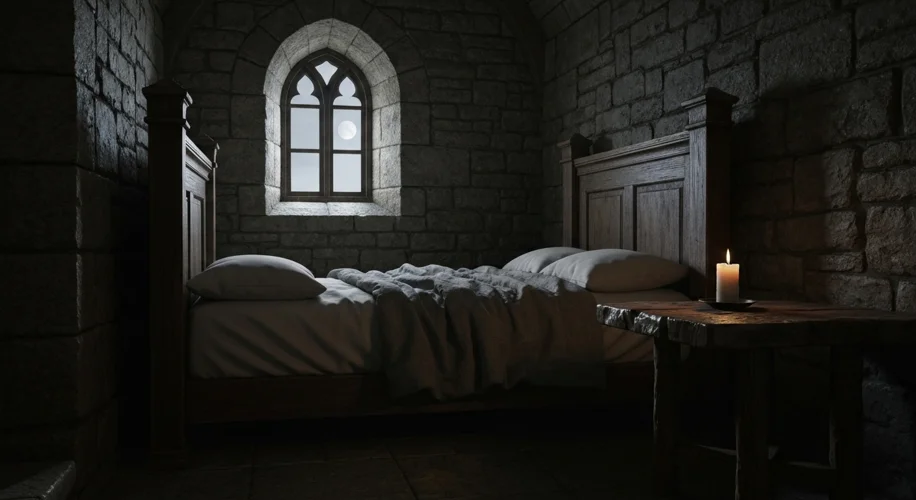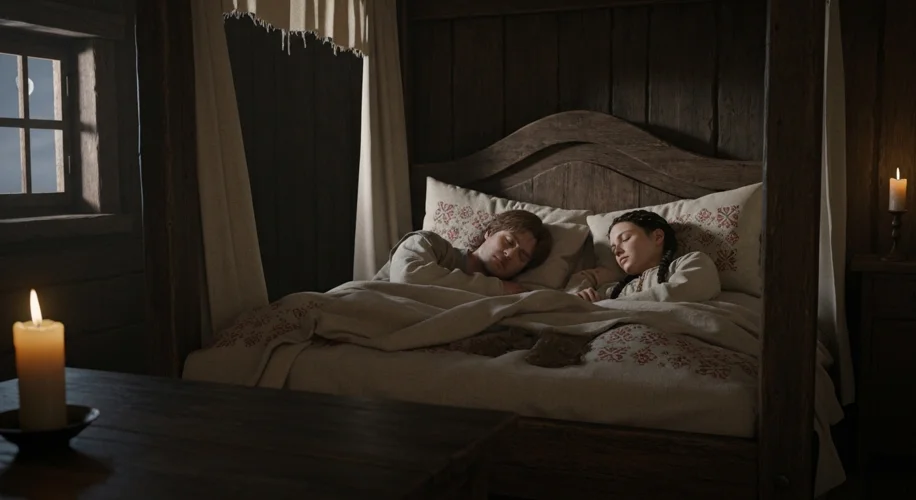In the hushed stillness of the pre-dawn hours, long before the rooster’s crow heralded the new day, a significant portion of humanity was already awake, engaged in activities that are now relegated to the shadows of modern life.
For millennia, before the advent of artificial lighting and the rigid dictates of the industrial clock, the rhythm of human sleep was dramatically different. It was a rhythm dictated not by schedules, but by the natural ebb and flow of darkness and light, and the unique way our ancestors experienced the night. This was the era of biphasic sleep, a pattern where sleep was divided into two distinct segments, separated by a period of wakefulness.
Imagine a world without electric lights. As dusk settled, households would extinguish their candles and rush to embrace the first sleep, typically from around dusk until midnight or a bit later. This was the ‘first sleep.’ Then, a period of wakefulness would ensue. This wasn’t a time of restless tossing and turning, but often a sacred interlude. People might rise, pray, tend to a sick child, engage in quiet conversation with their spouse, or even work on a craft.

This ‘watch’ or ‘middle sleep’ could last anywhere from an hour to several hours. It was a time of introspection, of prayer, of quiet labor. In many societies, this interlude was considered the most profound part of the night. Religious texts and personal accounts from the period speak of this time with a certain reverence. It was a period of spiritual connection, a time when the veil between the earthly and the divine felt thinner.
Following this period of wakefulness, people would then return to their beds for the ‘second sleep,’ which would last until the first light of dawn. This biphasic pattern, also known as segmented sleep, was not a peculiarity but the norm for much of human history across diverse cultures, from ancient Rome and Greece to medieval Europe and beyond.
What societal structures supported this rhythm? The absence of electric light was paramount. Activities that required focused attention or heavy labor were naturally concentrated during daylight hours. The night, for the most part, was a time of quietude. However, the biphasic nature of sleep also influenced social interactions and daily routines.
Consider the intellectual and spiritual lives of people in this era. The period of wakefulness offered a unique opportunity for contemplation. Scholars might use this time to read and reflect, while religious individuals might engage in extended prayer or meditation. This wasn’t a disruption of sleep, but an integral part of its natural cycle.

The transition to a monophasic (single segment) sleep pattern is often attributed to the Industrial Revolution and the widespread adoption of artificial lighting, particularly gas and later electric light. This innovation essentially extended the usable hours of the day, blurring the natural boundaries of night and day. The factory whistle and the clock became the new arbiters of time, demanding a consolidated block of sleep to maximize labor output.
While modern society largely adheres to a monophasic sleep schedule, the legacy of biphasic sleep offers a fascinating glimpse into a different way of experiencing time and the night. It challenges our assumptions about what is ‘normal’ and prompts us to consider how deeply our sleep patterns are influenced by our technological and societal structures.
Could a return to some form of biphasic sleep offer benefits today? While a full societal shift is unlikely, understanding this historical pattern allows us to appreciate the natural rhythms of our bodies and perhaps find ways to incorporate more mindful periods of rest and reflection into our own busy lives. The premodern night, once divided, held a unique rhythm, a quiet testament to a different human experience.

